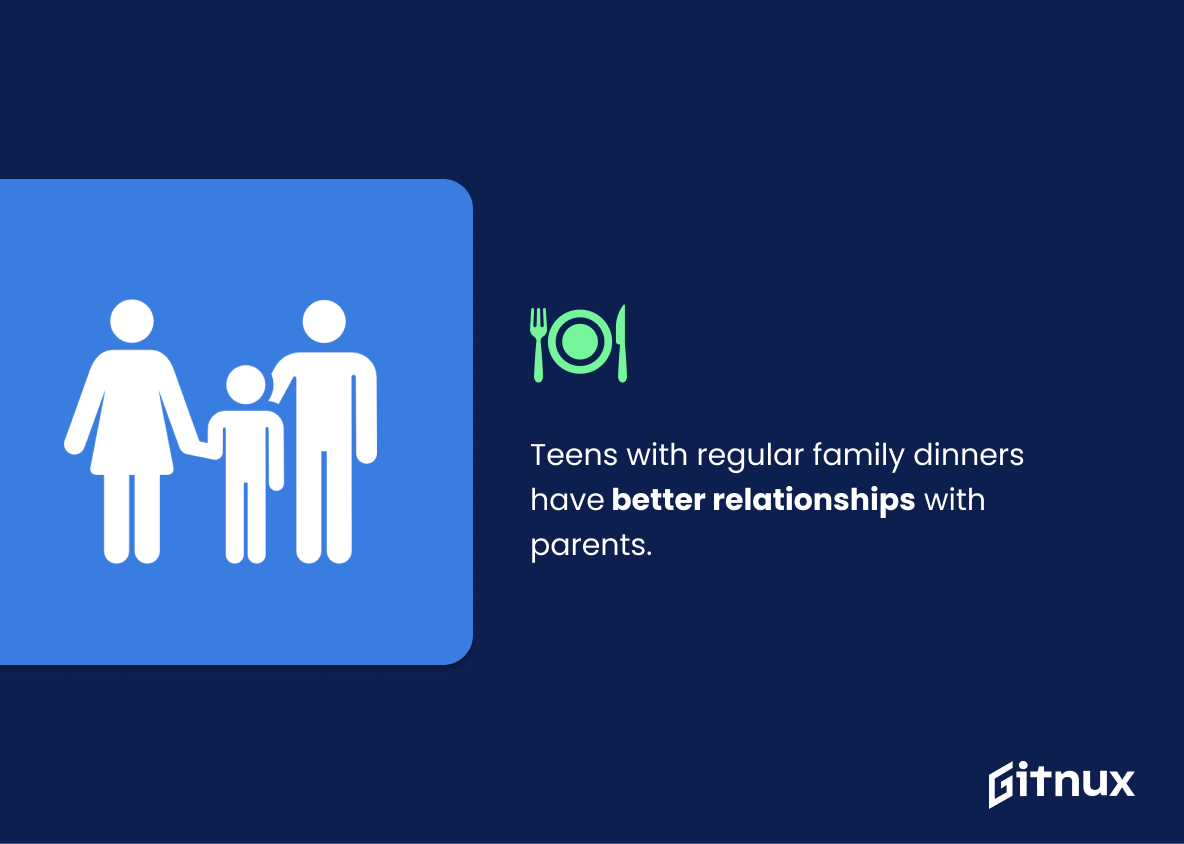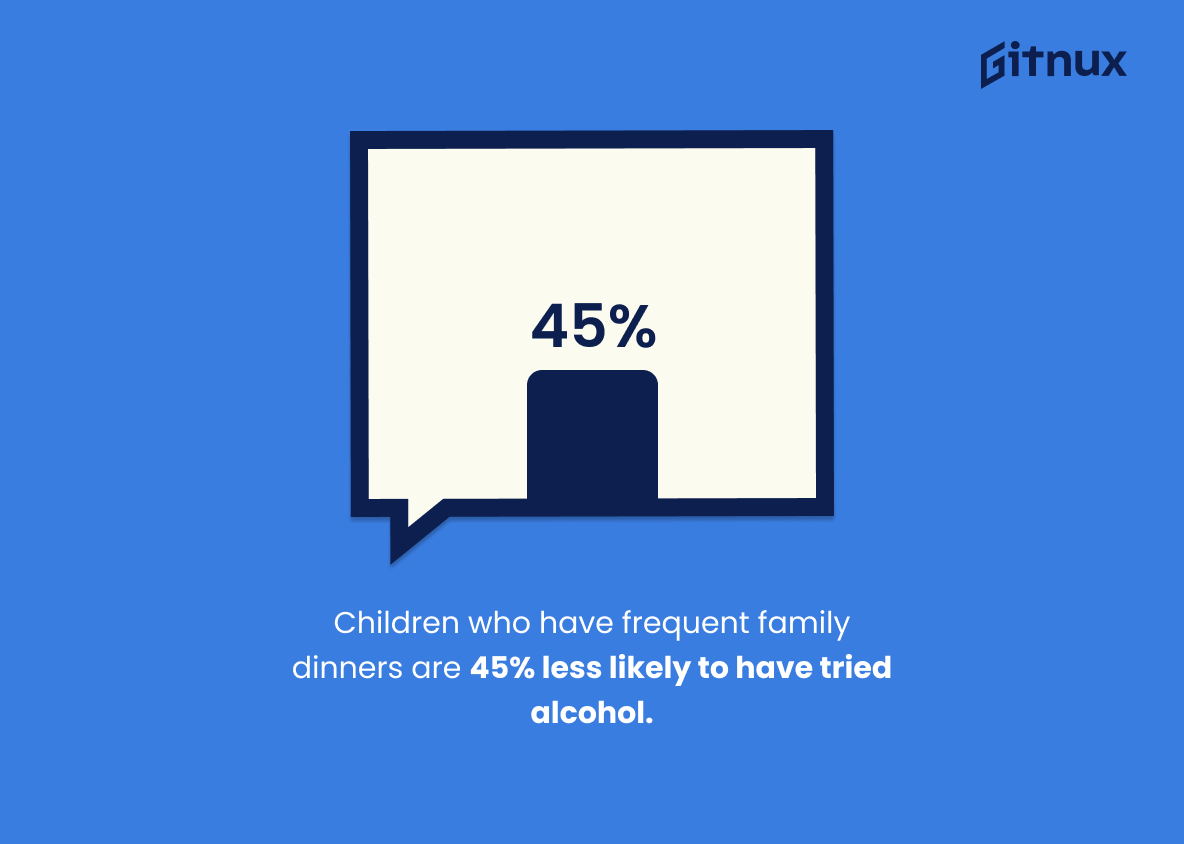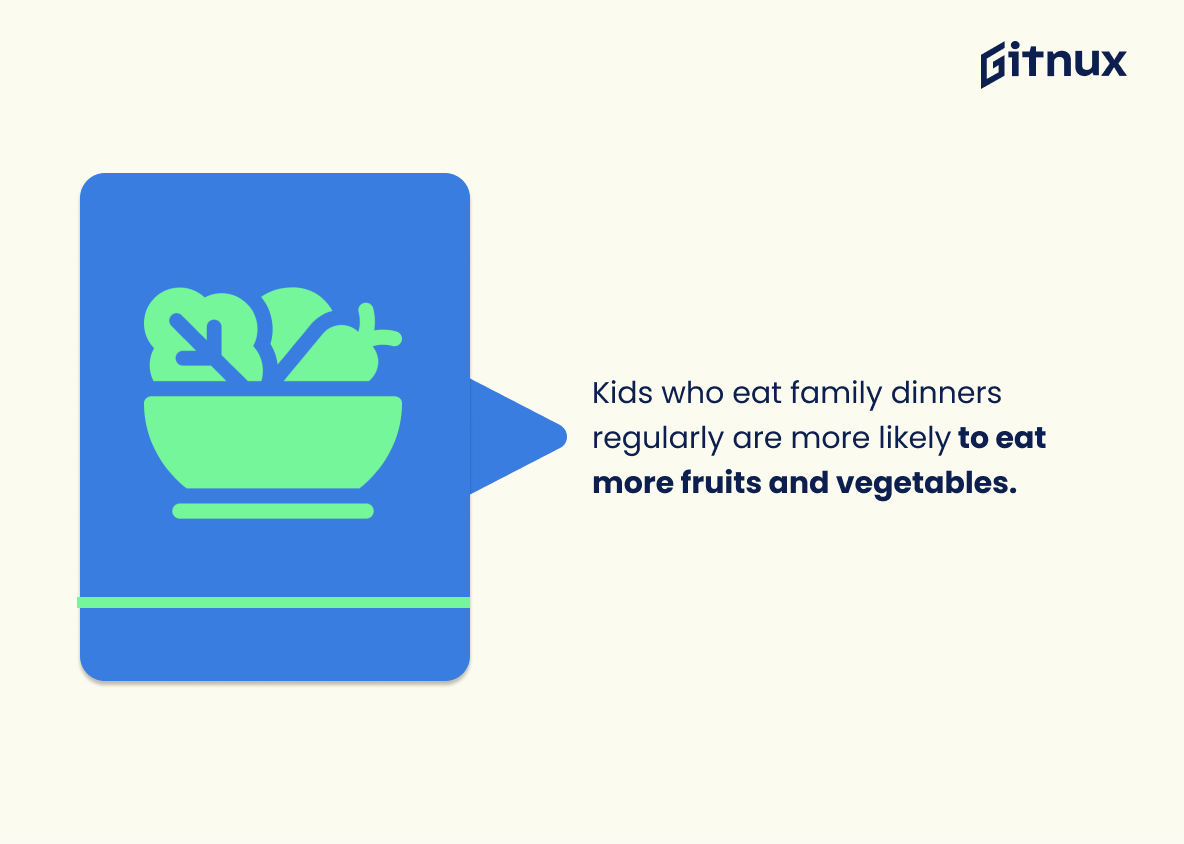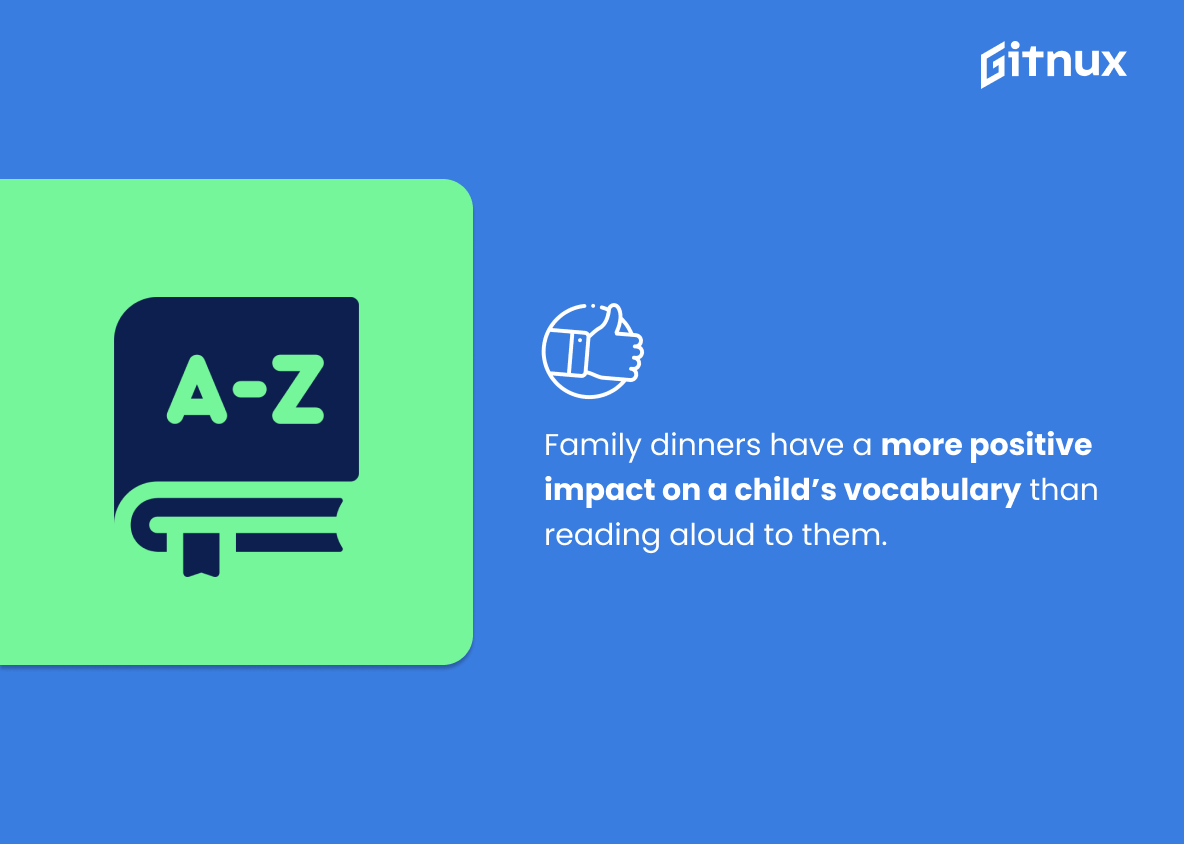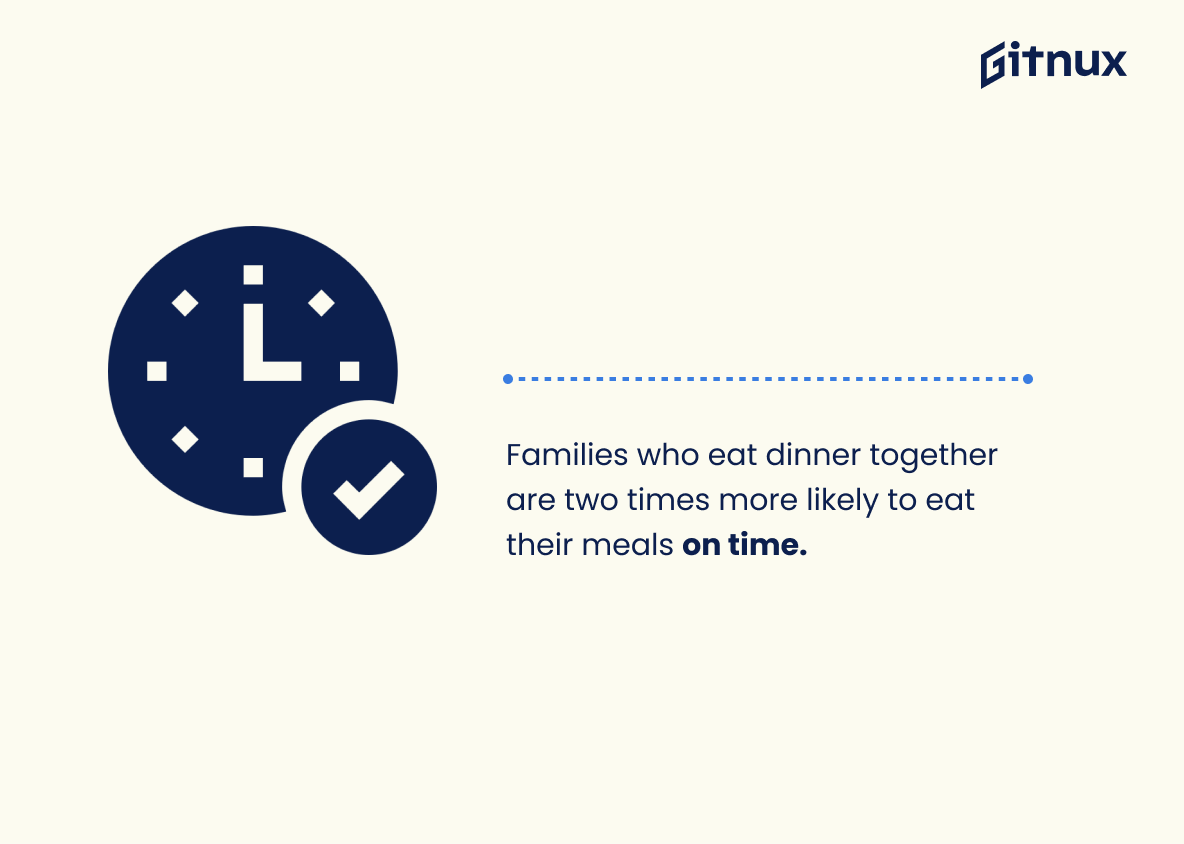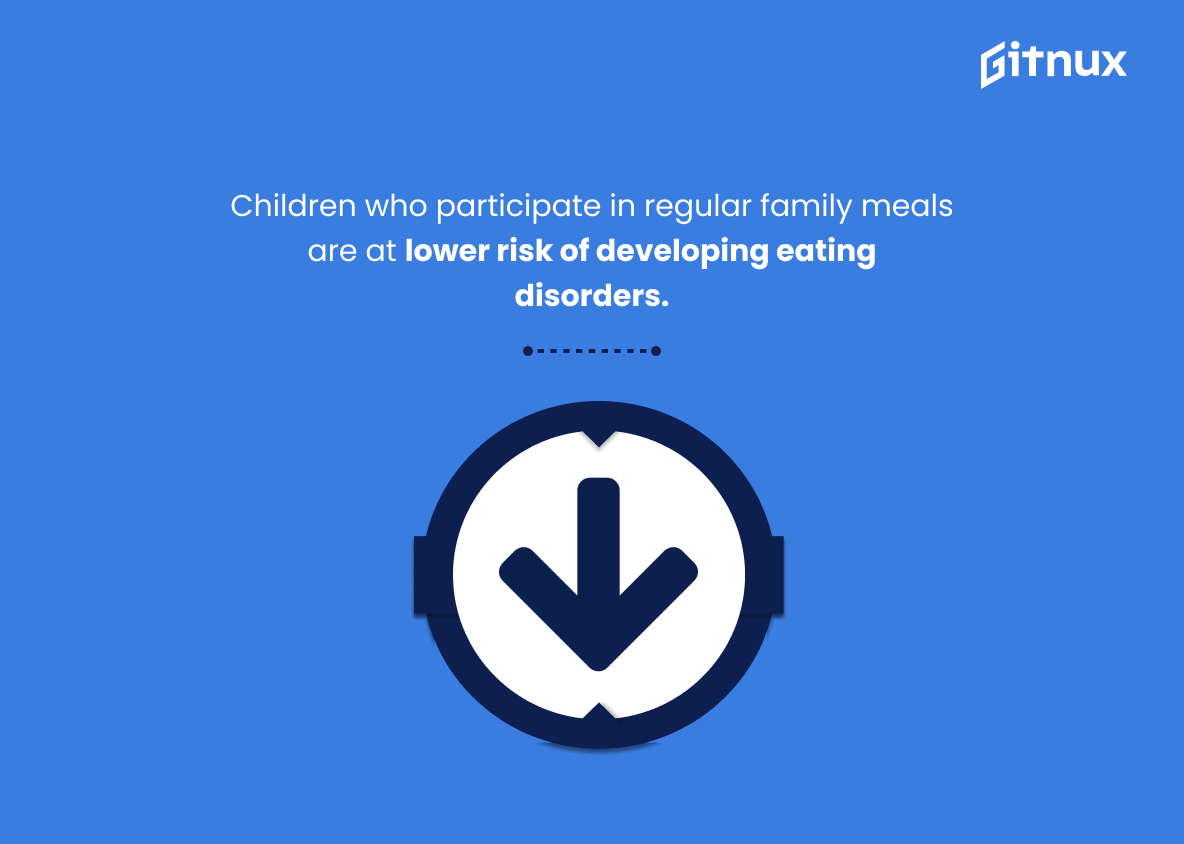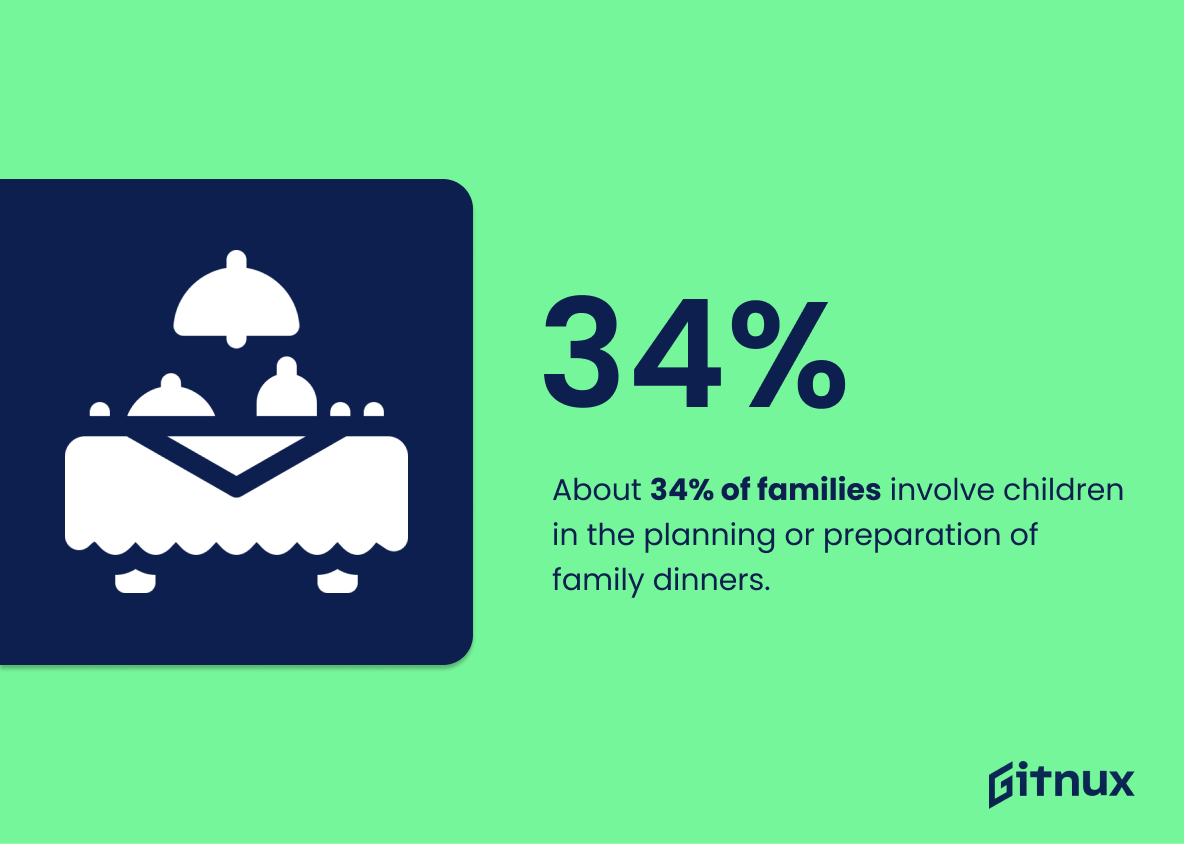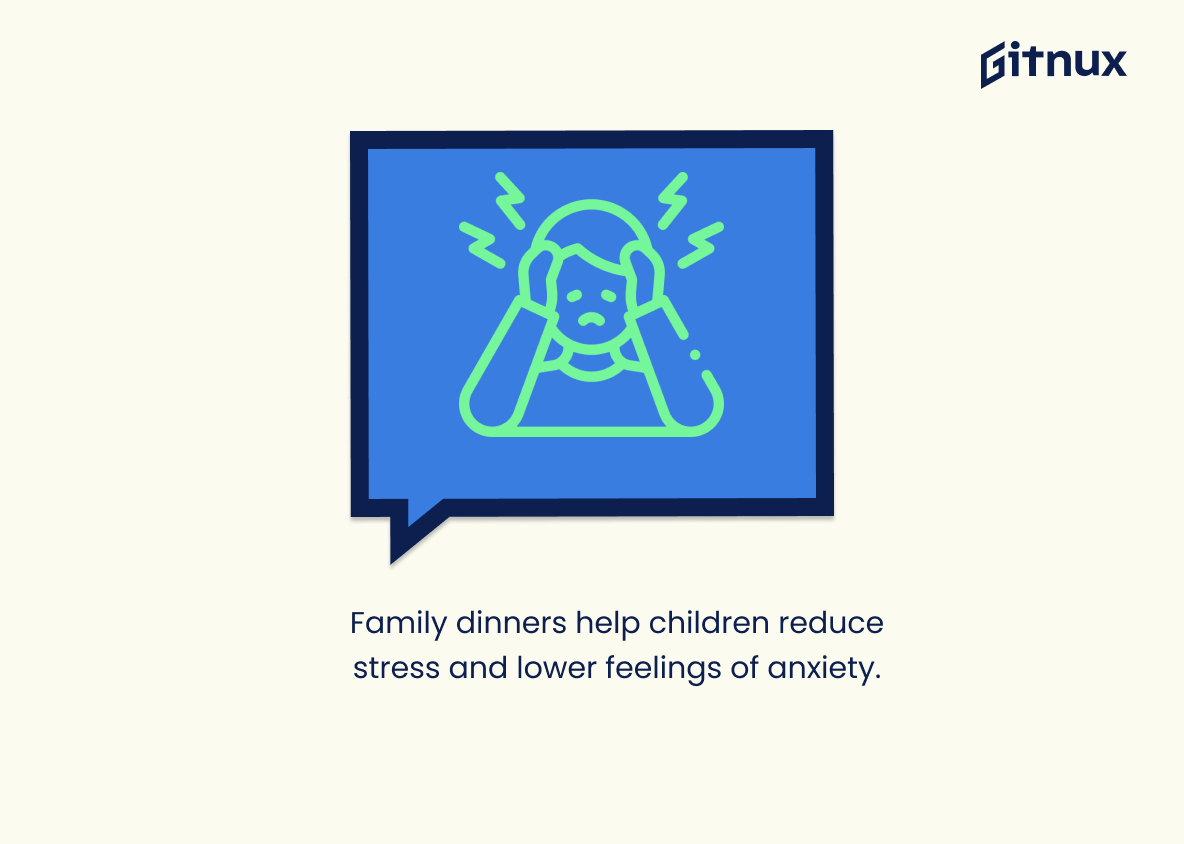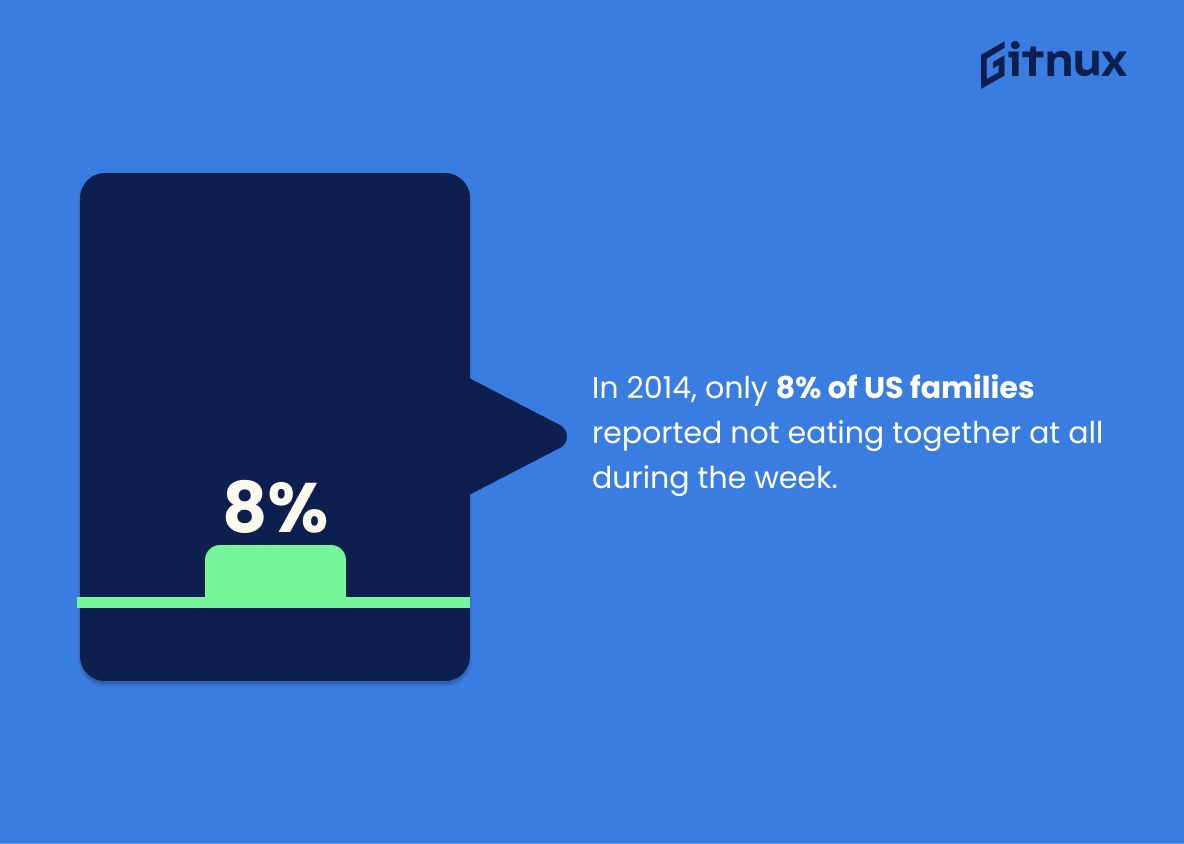Family dinners are a cornerstone of family life, with 88% of Americans partaking regularly, according to a Gallup poll. The frequency of family dinners surged by 17% during the COVID-19 pandemic, and 59% of families dine together at least five times weekly, as reported by Acosta and The Family Dinner Project. Research indicates that frequent family dinners enhance parent-child relationships and discourage adolescent alcohol use. Most teenagers (71%) value conversation during meals, according to CASA Family Day.
Regular home-cooked meals promote healthier eating habits, potentially reducing the risk of type 2 diabetes and supporting weight loss (Harvard School of Public Health). Long-term benefits include adults maintaining better diets (NCBI). However, teens engaged in extracurricular activities might miss out on these shared meals (JAMA Pediatrics). This blog post will delve into the benefits of daily family dinners for all ages.
Family Dinner Statistics Overview
Teens who have frequent family dinners are more likely to have higher-quality relationships with their parents.
This statistic is a powerful reminder of the importance of family dinners in fostering strong relationships between parents and their teens. It highlights the fact that taking the time to sit down and share a meal together can have a positive impact on the bond between parents and their children. By emphasizing the importance of family dinners, this statistic can help to encourage families to make time for this important activity.
Children who have frequent family dinners are 45% less likely to have tried alcohol.
This statistic is a powerful reminder of the importance of family dinners in helping to prevent underage drinking. It highlights the fact that having regular family dinners can have a significant impact on the likelihood of children trying alcohol, and serves as a reminder of the positive influence that parents can have on their children’s lives.
71% of teenagers consider talking/listening the best part of family dinners.
This statistic is a powerful reminder of the importance of family dinners. It highlights the fact that teenagers value the conversations that take place during family dinners, and that these conversations are a key part of the experience. This statistic can be used to emphasize the importance of family dinners and the conversations that take place during them, and to encourage families to make time for them.
Kids who eat family dinners regularly are more likely to eat more fruits and vegetables.
This statistic is a powerful reminder of the importance of family dinners. Eating together as a family can have a positive impact on children’s diets, encouraging them to consume more fruits and vegetables. This is an important factor in promoting healthy eating habits and overall wellbeing.
Cooking at home leads to better food choices, which can result in weight loss and reduced risk for type 2 diabetes.
This statistic is a powerful reminder of the importance of family dinners. Cooking at home allows families to make healthier food choices, which can lead to weight loss and reduced risk for type 2 diabetes. This is especially important for families with children, as it can help instill healthy eating habits that will last a lifetime.
Family dinners have a more positive impact on a child’s vocabulary than reading aloud to them.
This statistic is significant in the context of a blog post about Family Dinner Statistics because it highlights the importance of family dinners in the development of a child’s vocabulary. It suggests that family dinners are a more effective way of helping a child to learn and grow than simply reading aloud to them. This is an important point to consider when discussing the benefits of family dinners and the impact they can have on a child’s development.
Adults who had regular family dinners as kids are more likely to have healthier diets as adults.
This statistic is a powerful reminder of the lasting impact that family dinners can have on an individual’s dietary habits. It highlights the importance of creating a healthy eating environment for children, as it can have a positive influence on their dietary choices as adults. This is especially relevant in a blog post about Family Dinner Statistics, as it provides a tangible example of the potential benefits of family dinners.
Families who eat dinner together are two times more likely to eat their meals on time.
This statistic is a powerful reminder of the importance of family dinners. Eating together as a family not only provides an opportunity to bond and connect, but it also encourages healthy habits like eating meals on time. By making family dinners a priority, families can reap the benefits of both a stronger relationship and better nutrition.
Family dinners help reduce the risk of childhood obesity by 12%.
This statistic is a powerful reminder of the importance of family dinners in preventing childhood obesity. It highlights the fact that regular family meals can have a significant impact on the health of children, and that parents should prioritize them in order to ensure their children’s well-being.
Children who participate in regular family meals are at lower risk of developing eating disorders.
This statistic is a powerful reminder of the importance of family meals in promoting healthy eating habits and preventing eating disorders. It highlights the need for families to prioritize regular family meals as a way to ensure that children are developing healthy relationships with food and their bodies. By creating a safe and supportive environment for children to share meals with their families, parents can help to reduce the risk of their children developing eating disorders.
About 34% of families involve children in the planning or preparation of family dinners.
This statistic is significant in the context of a blog post about Family Dinner Statistics because it highlights the importance of involving children in the planning and preparation of family dinners. It suggests that a large portion of families recognize the value of teaching children how to cook and plan meals, and that they are actively engaging their children in the process. This statistic is a testament to the importance of family dinners and the positive impact they can have on children’s development.
Family dinners help children reduce stress and lower feelings of anxiety.
This statistic is a powerful reminder of the importance of family dinners. Not only do they provide an opportunity for families to come together and bond, but they can also have a positive impact on the mental health of children. By reducing stress and lowering feelings of anxiety, family dinners can be a powerful tool for promoting healthy emotional development. This is an important point to consider when discussing the benefits of family dinners, and one that should not be overlooked in any blog post about family dinner statistics.
About 67% of American households cook dinner at home 5-7 times a week.
This statistic is a powerful indicator of the importance of family dinners in American households. It shows that the majority of families prioritize spending time together around the dinner table, and that this is a regular part of their weekly routine. This statistic is a testament to the value that families place on the time spent together during meals.
In 2014, only 8% of US families reported not eating together at all during the week.
This statistic is a powerful reminder of the importance of family dinners. It shows that the majority of families in the US still prioritize spending time together around the dinner table, despite the busyness of modern life. This statistic is a testament to the value that families place on the ritual of sharing a meal together.
Conclusion
The statistics presented in this blog post demonstrate the many benefits of having frequent family dinners. From improved communication and relationships to healthier eating habits, it is clear that regular family meals can have a positive impact on both children and adults alike.
While extracurricular activities may interfere with nightly dinner plans, trying to eat together as often as possible will help create lasting memories for families while also providing numerous health benefits.
References
0. – https://www.gallup.com
1. – https://www.statista.com
2. – https://www.acosta.com
3. – https://www.jandonline.org
4. – https://www.colorado.edu
5. – https://www.nature.com
6. – https://www.nytimes.com
7. – https://www.ncbi.nlm.nih.gov
8. – https://www.casafamilyday.org
9. – https://www.link.springer.com
10. – https://www.ncfr.org
11. – https://www.hsph.harvard.edu
12. – https://www.aft.org
13. – https://www.pewresearch.org
14. – https://www.eurekalert.org
15. – https://www.centeronaddiction.org
